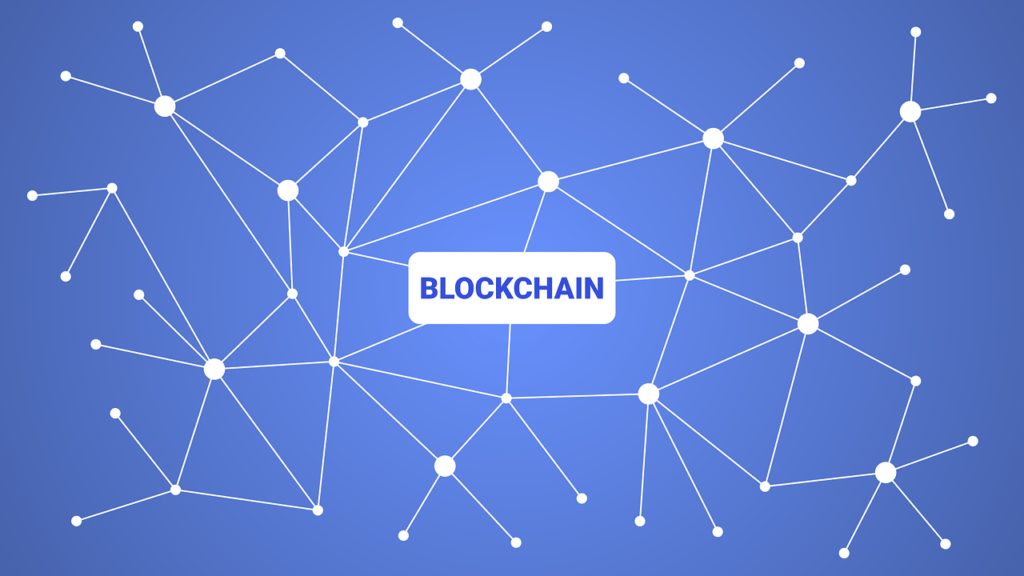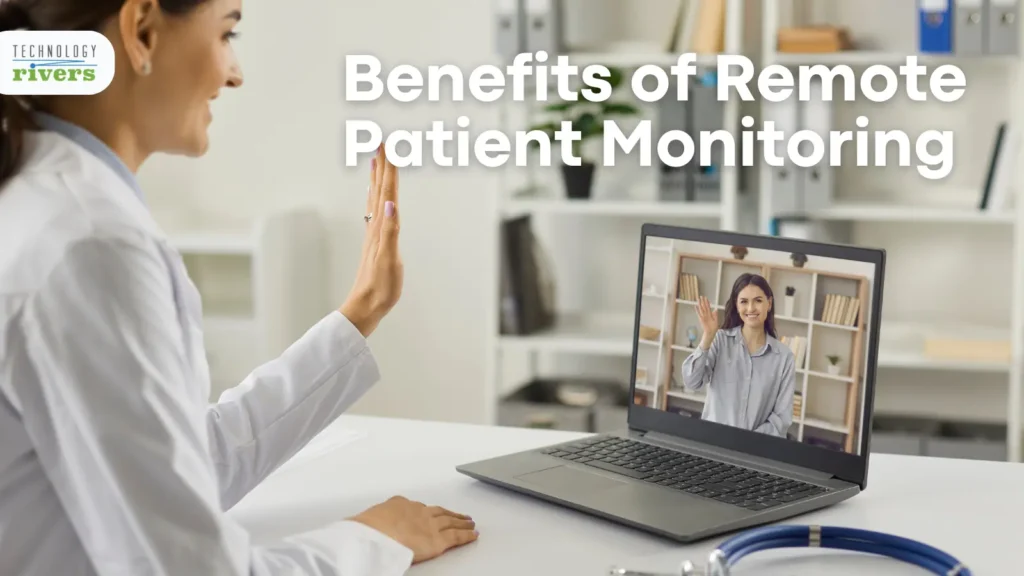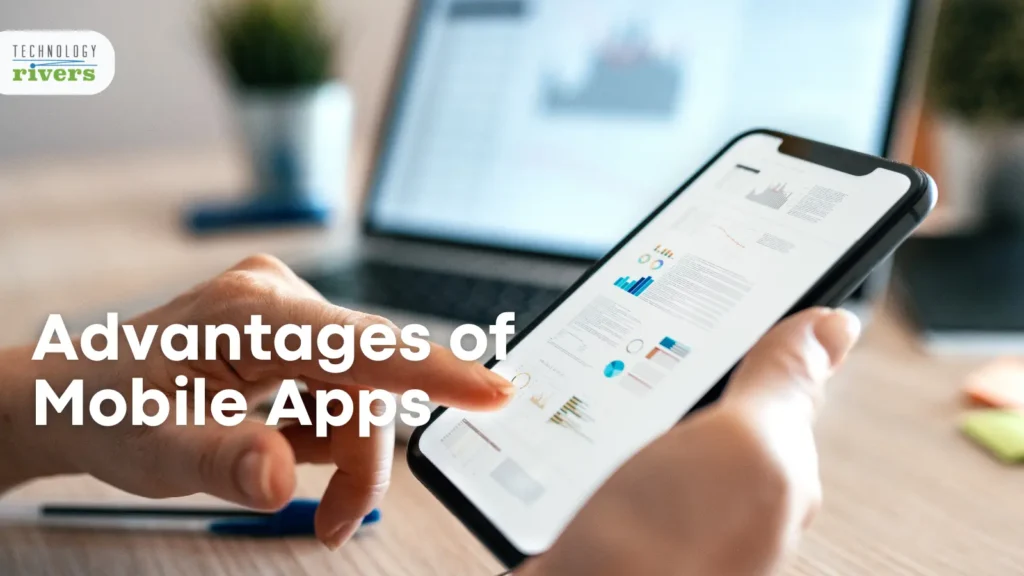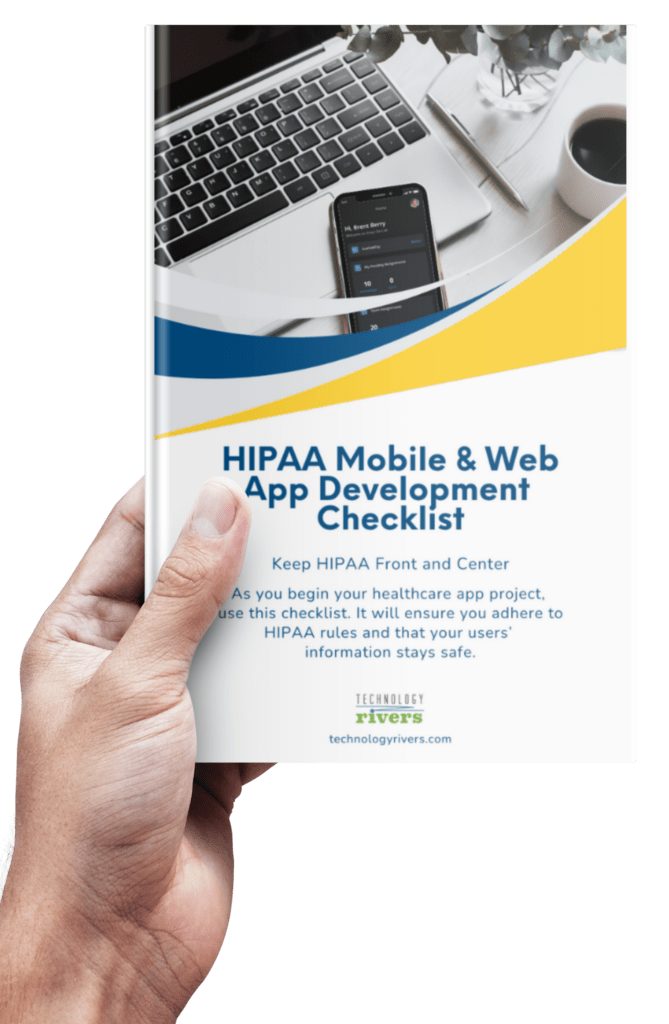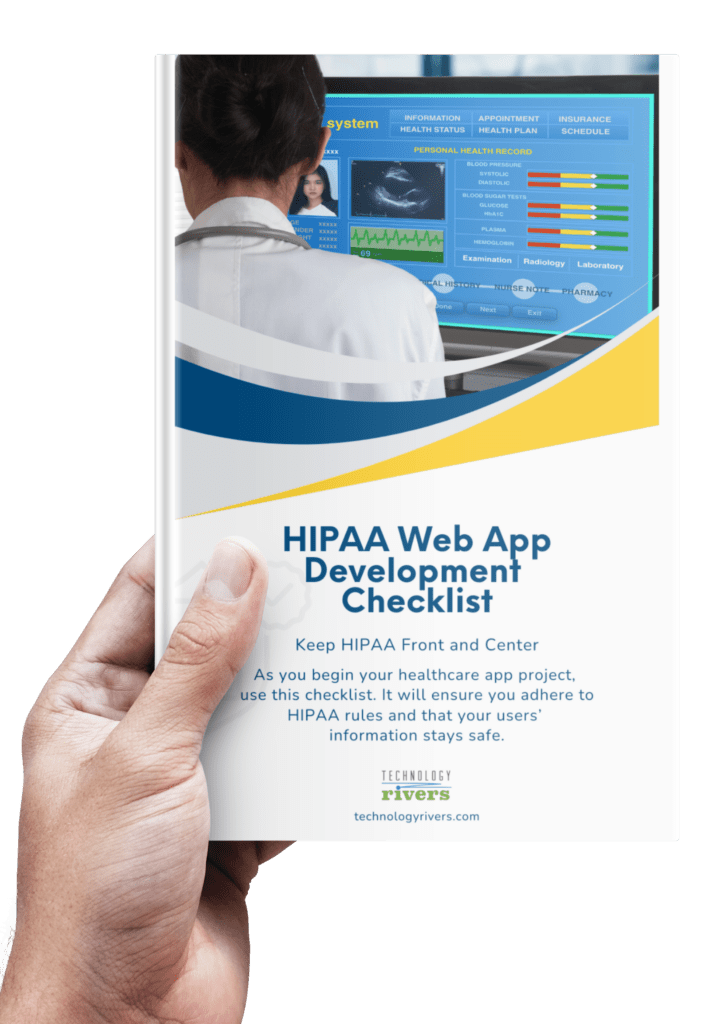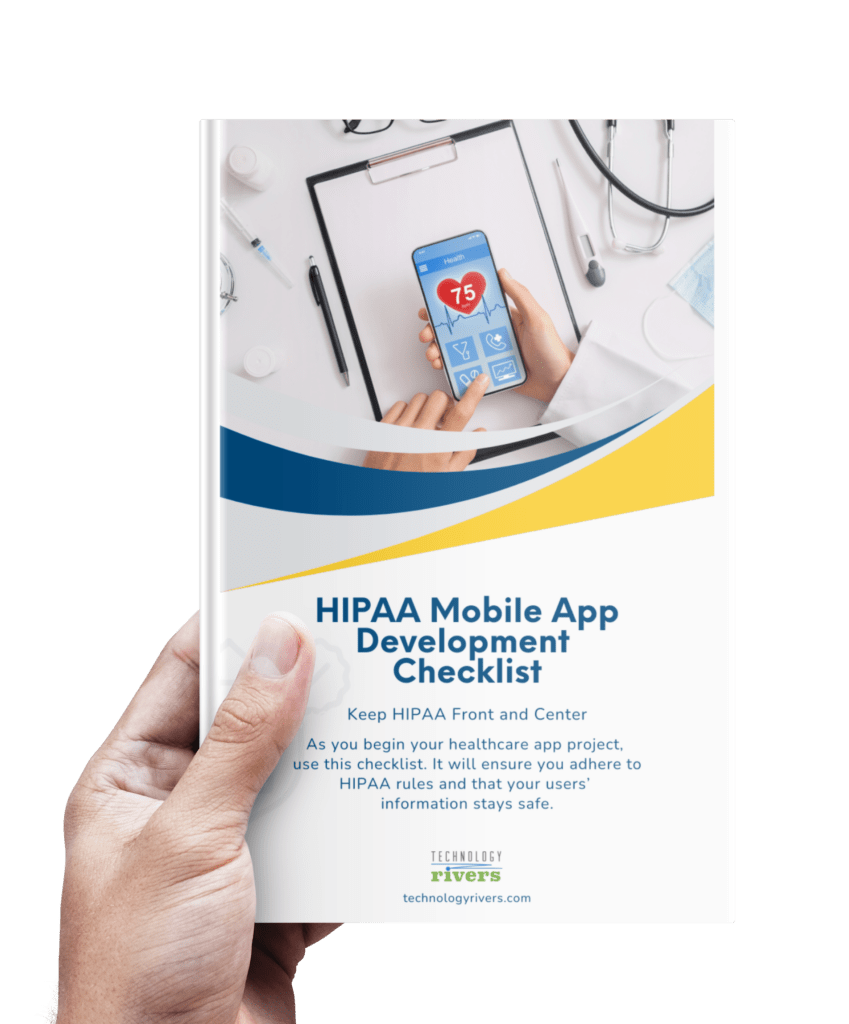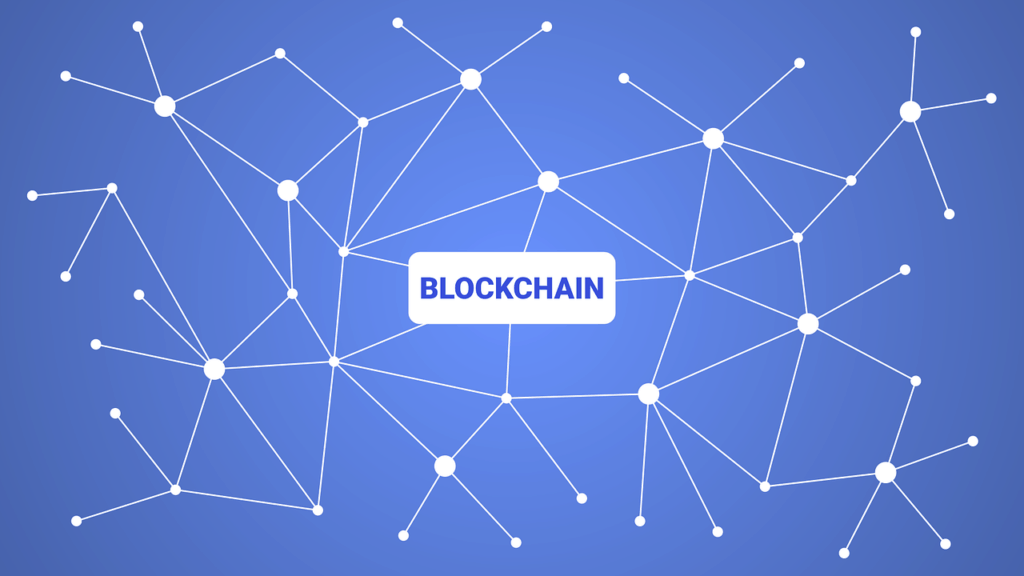
Blogs » What Solutions Does Blockchain Provide For The Healthcare Industry?
Table of Contents
The healthcare industry can largely be characterized by its lean method of operations. Continuous process improvement and the need to minimize waste continually compete with the requirement of rapid turnaround and quick, accurate results.
The overarching goal in the industry is to ensure that patients and clients keep returning to the same doctor, practice, or organization. From pharmaceuticals to hospitals, the race is always on to add value while keeping costs at a minimum.
Enter blockchain. Initially a platform for trading cryptocurrency, blockchain has made its way into other industries as well, proving to be a disrupting force. Across the board, blockchain has caused a stir for many organizations. Essentially acting as a chronological record of transactions, the fundamental features of blockchain are that it is immutable and highly hack-resistant.
These characteristics are promoted by the defining aspect of blockchain — its decentralized server structure. These unique, innate characteristics of blockchain have given way to predictions that it will become ubiquitous as the internet. In this blog, we examine the potential blockchain holds within the healthcare industry.
Blockchain’s “ledger” serves as a complete record made up of blocks, or transactions, updated continuously on a decentralized server. The inherent quality of the decentralized server network promotes global access and control of data. Within the ledger, users are anonymized and encrypted along with the details within the blocks.
From the outside, others can see that a transaction took place, but are unable to see details unless given the correct permissions. Once a block containing the details of a transaction is added to the blockchain, these blocks cannot be altered in any way, providing the viewer with an accurate, detailed history.
Improving Record-Keeping And Data Sharing
In the United States, millions of people rely on or come into contact with some aspect of the healthcare system. Interaction of any scale must be recorded so that it can be accessed, if necessary, in the future. From insurance to hospitals, several organizations require access to documents containing highly-privileged Personally Identifiable Information (PII) and Protected Health Information (PHI).
When examining record-keeping and information-sharing in healthcare, the competing forces are the need for ease of access, coupled with maintaining the security of PII/PHI. At the moment, several problems plague the world of record-keeping and data sharing in the healthcare industry, including, but not limited to:
- Patient Identification
- Information Blocking
- Accessibility
- Miscommunication
Blockchain also provides opportunities to better comply with the Health Insurance Portability and Accountability Act of 1996 (HIPAA). As it was primarily enacted to improve the dissemination of PII/PHI, HIPAA standards also include provisions to protect against malfeasance and fraud.
On the one hand, the rigid permissions granted by blockchain allow for individuals who have been granted access to view unaltered, accurate blocks in the blockchain.
On the other, viewers with correct permissions can add blocks to the blockchain. Once these blocks are added to the blockchain, they are time-stamped with metadata and the digital signature of the user who initiated the transaction.
These capabilities of blockchain allow for sensitive information to be viewed efficiently and securely, upholding HIPAA standards.
To learn more about our HIPAA-compliant technology, click here.
In dealing with the pressing need for correct patient identification, those with permissions are certainly able to view a concise history of blocks, whether they may be check-ups, prescriptions, x-rays, etc. In the blockchain, viewers can access patient records with ease, instead of going through the tedious process of tracking down relevant patient information. Further, both information blocking and miscommunication can be mitigated.
Streamlining Lean Operations
Lean or “just-in-time” operations dictate almost every aspect of the healthcare industry. Efforts to provide the most value to patients or customers are constantly pitted against reducing time and waste wherever possible. Increased value for patients may translate to lower waiting times, lower costs, or higher quality care.
An example of waste reduction may manifest as the calculation of exactly the amount of hospital beds needed at any given time, as any more would be spending in excess, and too little would be stretching too thin.
Blockchain’s immutability translates to transparency and accuracy, and in terms of lean operations, the systems promote highly-accurate tracking and control over processes. Industry quotas and demand must be met to a tee, in efforts to keep costs at a minimum to operate as efficiently as possible.
With its complete and accurate list of transactions, blockchain effectively keeps a record of every interaction with data. This record allows privileged individuals to track shipments, easily search for information on sources of supplies, and view other relevant transactions within the ledger.
Blockchain can also allow for better forecasting. The more extensive the network of nodes within the server, the larger the pool of data that can be pulled. This large pool of unchangeable, highly-accurate data will produce useful insights. These insights can be used to determine how to optimize and alter the supply chain.
Also, with a complete record of transactions, those with access to the ledger details will be able to predict when issues may arrive. The blockchain also maintains the integrity of transactions between parties, as a wholly accurate history of a product from manufacturing to selling can be made available to privileged viewers.
For example, Company X receives product A and product B on Mondays, combines them into product C on Wednesdays, and ships product C out on Fridays. In the blockchain, users may see that product A was shipped on Monday while product B shipped on Tuesday, meaning that the combination of both on Wednesday will not be possible.
To get back on schedule, Company X may analyze the data and find that they need to place an overnight shipment of product B. In the future if Company X feels product B’s manufacturer is underdelivering, they can examine data to determine if they need to change suppliers.
Optimizing Information Security
Across industry lines, information is at the forefront of everyone’s minds. In the past several years, there have been high-profile cases in the world of healthcare. As an example, in 2015, a large health insurer detected unauthorized activity on their servers. Many customers were targeted, resulting in a massive data breach of PII/PHI.
If organizations do not take proper precautions against these threats, they can face massive legal consequences. Patients can often move from doctor to doctor, or in and out of an insurance network. On traditional centralized servers, these records are fragmented and compartmentalized, making the tracking difficult as relevant data is not securely stored on one network, making tracking patient records laborious.
Additionally, centralized servers utilize a single point of entry, making the system more susceptible to hackers as there would also be a single catastrophic point of failure. Blockchain successfully tackles both of these ideas.
The decentralized server structure of blockchain omits a single point of entry, making it extremely difficult for hackers to gain access to the server, and therefore any privileged information. Data is not stored in a single location; rather, it is divided up and dispersed amongst the many nodes, or computers, on the server network.
Additionally, to alter or add transactions/blocks to the blockchain, a majority of the computers in the network must approve the action, which is a vast amount of computing power. If one were to attempt to access or alter anything at all in the blockchain, they would have no chance of being undetected.
This privileged information is anonymized and encrypted, and the only users who can access it must have a special key. On top of this, each account/user in the network has its digital signature. This digital signature links them to every transaction that they initiated or are involved in, further supporting the integrity and transparency of the blockchain.
If an action to initiate a transaction were to be rejected, it would raise alarm bells for others on the network.
Considering The Costs of Implementing Blockchain
Blockchain’s accuracy and security make its implementation highly-attractive for many organizations. However, there are a couple of barriers to more rapid adoption: cost and expertise. Historically, the internet has widely been used on centralized servers, making the switching costs to a decentralized server high.
Also, for the blockchain itself to work best, widespread adoption is necessary for both security and data integrity purposes.
For large organizations, a complete overhaul would put implementation costs in the hundreds of thousands at the least. Additionally, blockchain experts would be needed for repeated updates and maintenance on the system. Organizations have the option to use in-house experts or bring in outside consultants here.
We See The Potential Value
When examining the viable solutions provided by working with blockchain technology, its adoption across industry lines comes as no surprise. With the potential benefits blockchain holds, it is also essential to understand the switching costs of moving from a traditional centralized server to the decentralized, characteristic of blockchain.
With this in mind, it has been said that blockchain is the future of the internet. To continue adding value to customers and patients, the technology used in the healthcare industry must stay innovative and ahead of the curve.
Technology Rivers is a full-service software development company that can help you develop best-of-breed software applications including healthcare and blockchain applications with a dedicated project and product managers and a swarm of highly-skilled developers. Are you ready to take the next step? Contact us to learn more.


